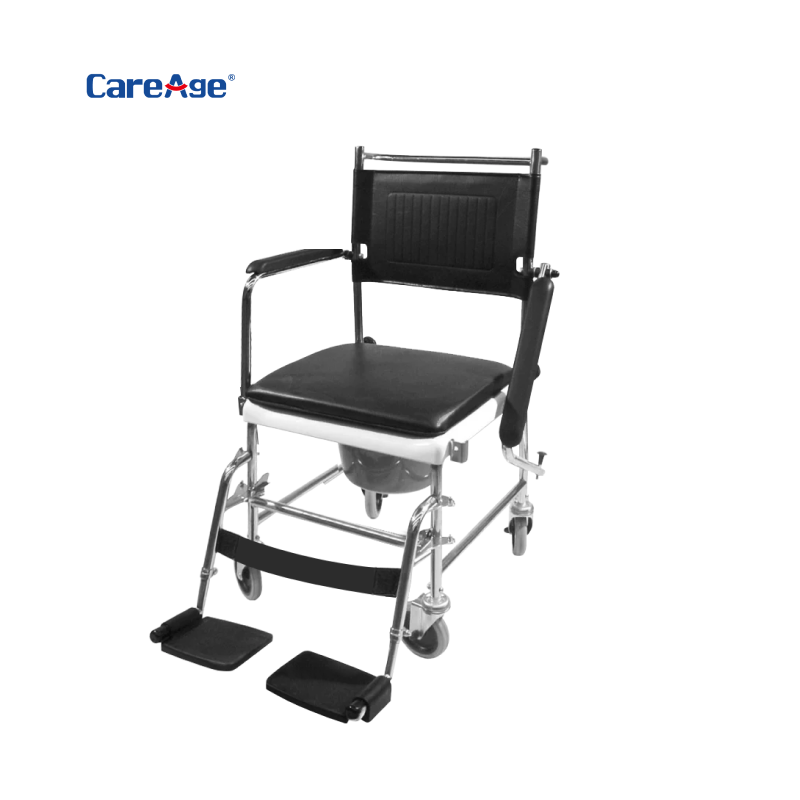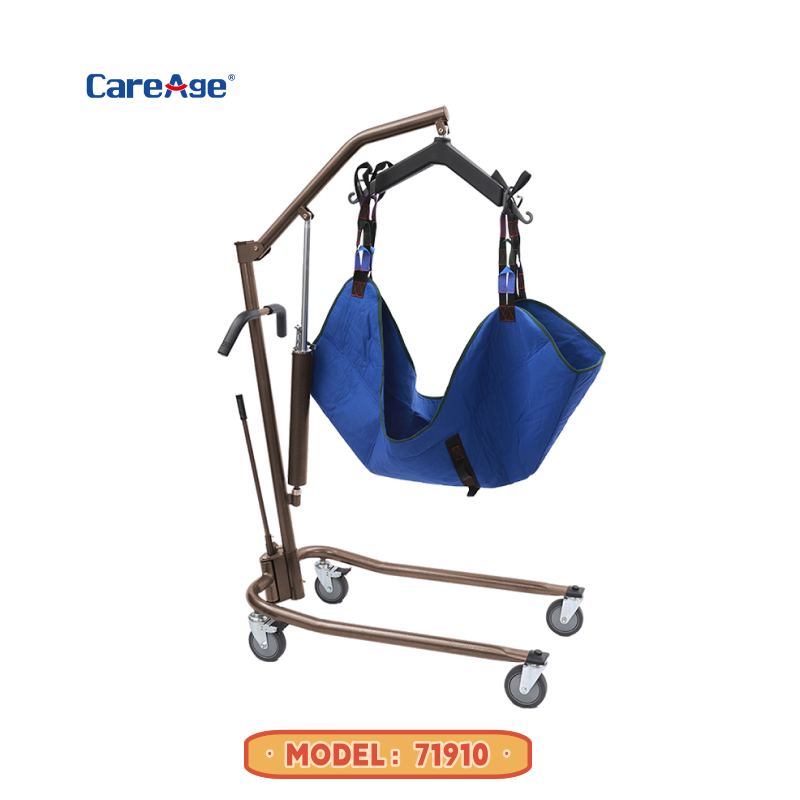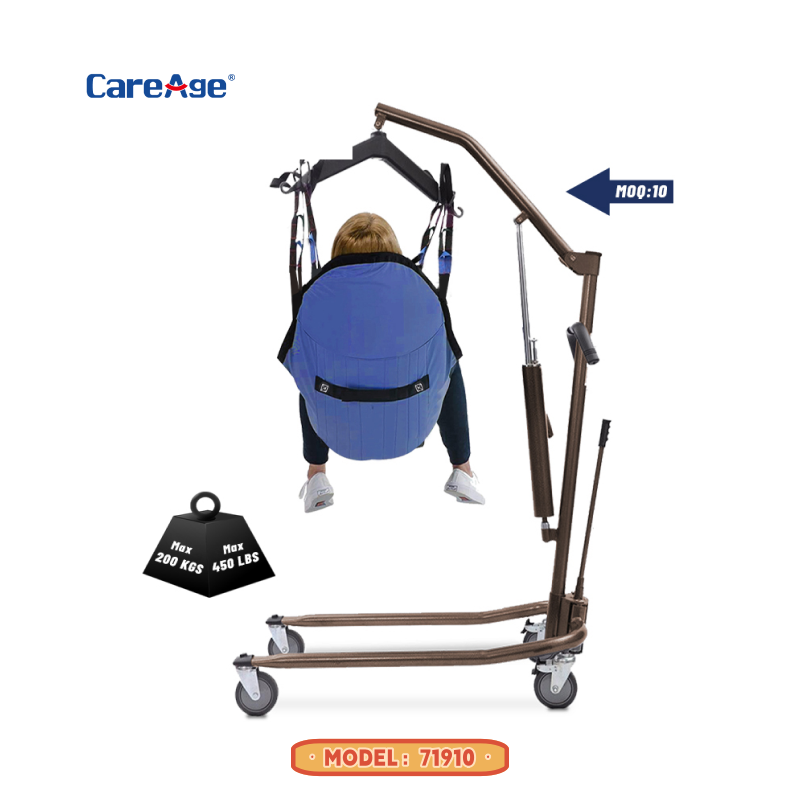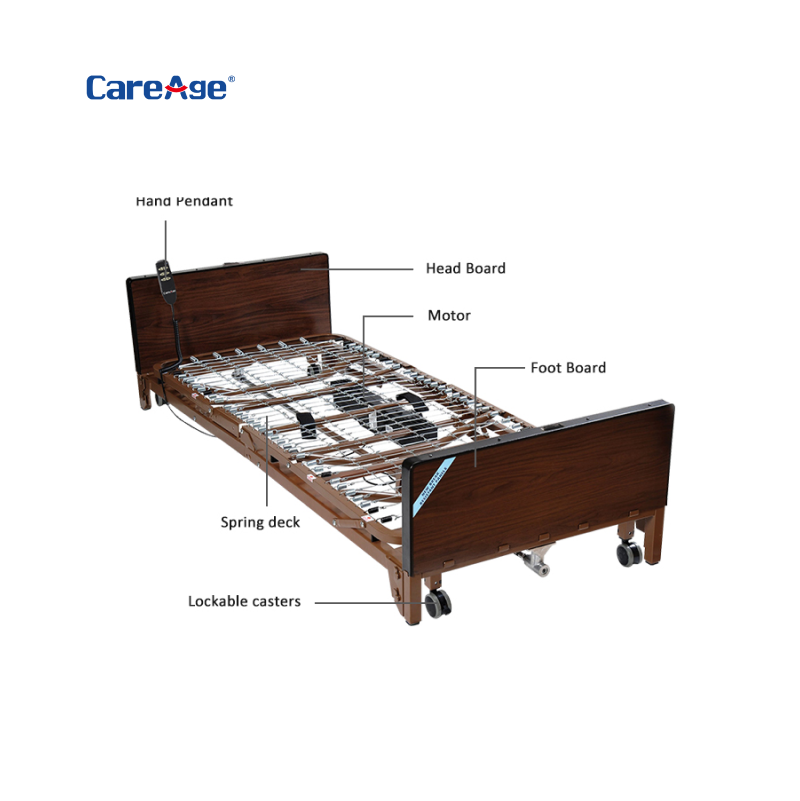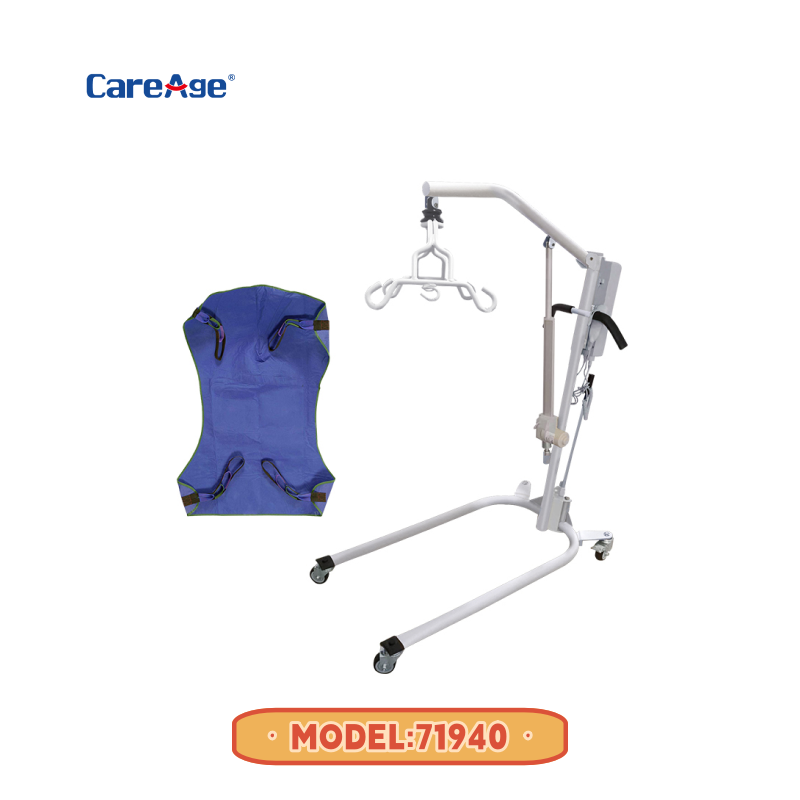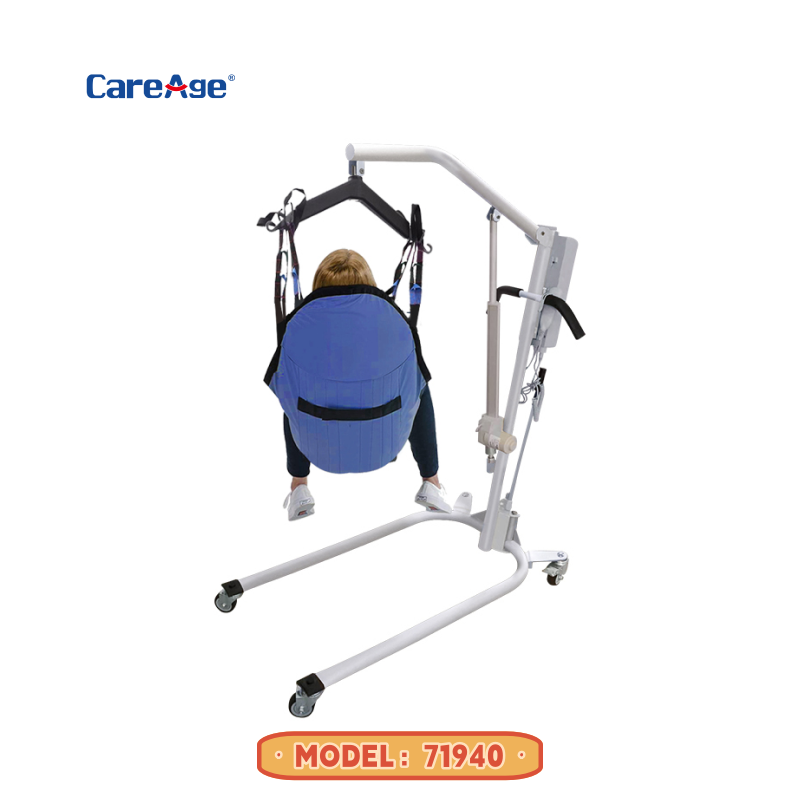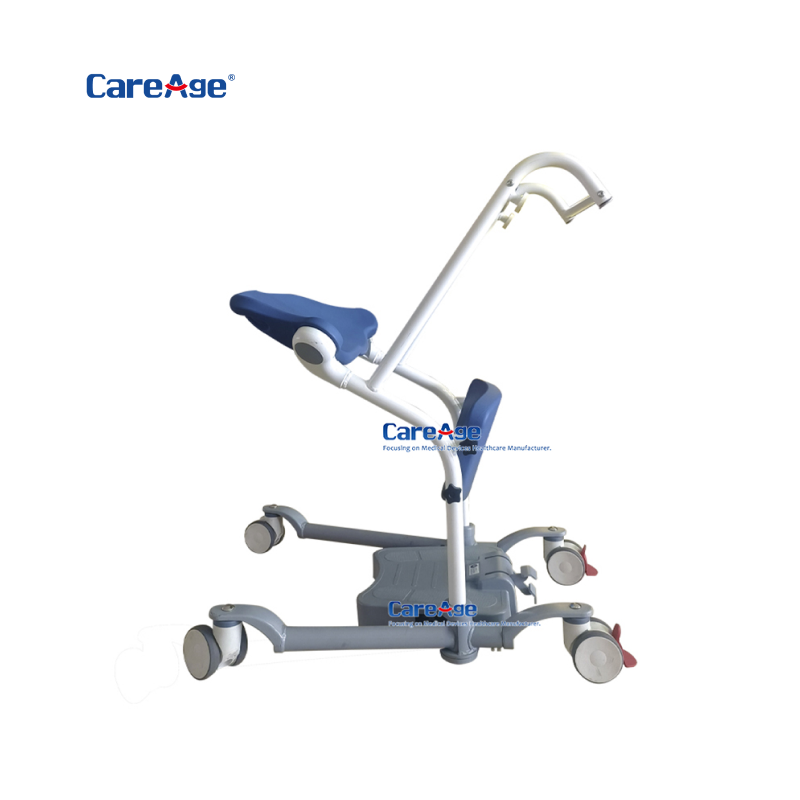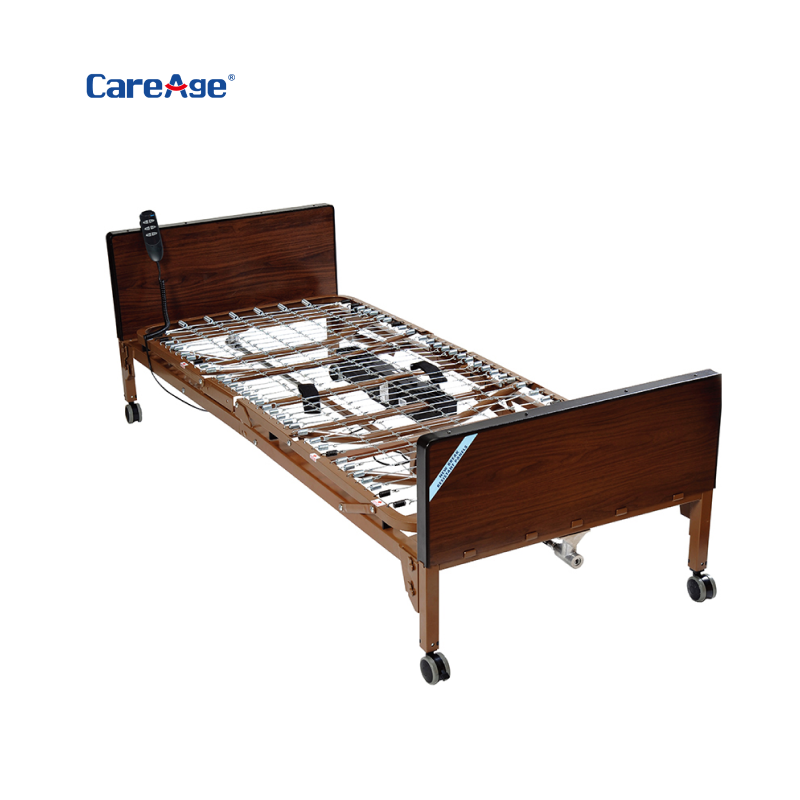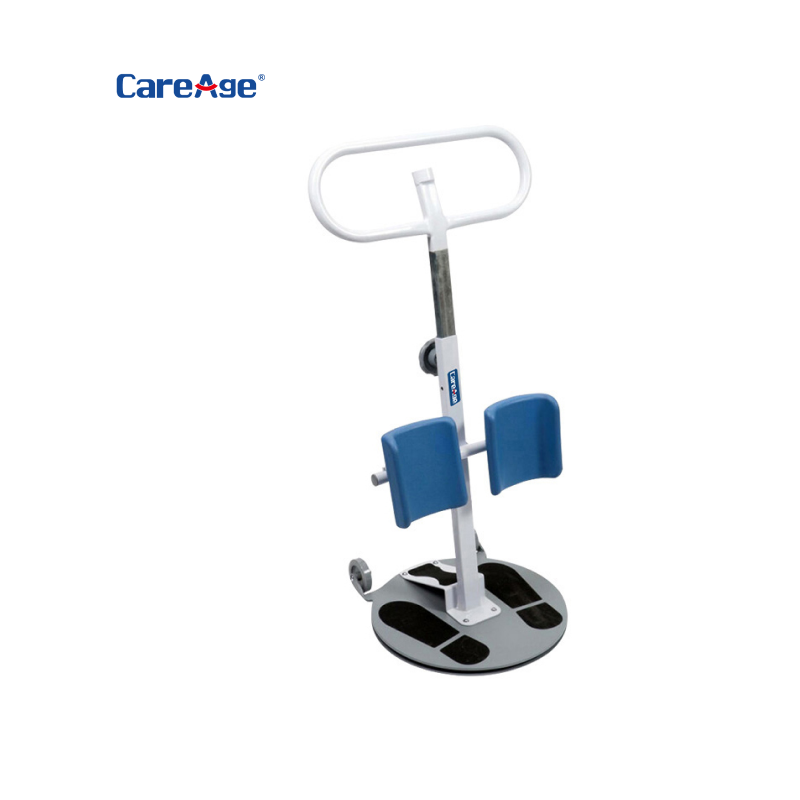In healthcare settings worldwide, the safety of both patients and caregivers is paramount. One critical challenge lies in safe patient transfers, which can lead to physical strain and injuries for caregivers if not managed properly. Innovations like the Sit To Stand Transfer Aid, also called Sit To Stand Lift or Stedy sit to stand, is revolutionizing patient care by streamlining transfers, minimizing risks, and improving overall efficiency.
How Sit To Stand Transfer Aids Transform Care
The Sit To Stand Transfer Aid is designed to assist patients transitioning between sitting and standing positions, reducing reliance on manual lifting. These devices feature ergonomic designs, adjustable heights, and secure grip handles, ensuring stability during transfers. For example, the Stedy sit to stand model incorporates advanced balance support, allowing patients to maintain independence while caregivers supervise. By eliminating strenuous lifting, these aids cut down on workplace injuries and enhance patient comfort.
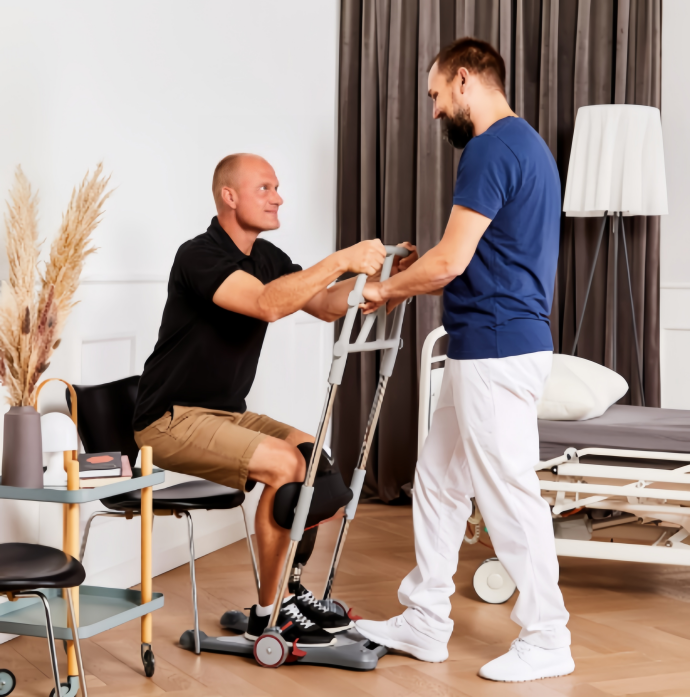
Similarly, the Sit To Stand Lift offers motorized assistance, enabling caregivers to safely move patients with minimal physical effort. Equipped with intuitive controls and weight-bearing sensors, these lifts adapt to individual needs, reducing the risk of falls or mishaps. Studies show that integrating such devices into care routines can decrease transfer-related injuries by up to 40%, according to healthcare efficiency reports.
Key Benefits for Caregivers and Patients
Risk Reduction: By automating transfers, Sit To Stand Transfer Aids minimize the likelihood of back injuries, muscle strains, and accidental drops.
Efficiency Boost: Caregivers can complete transfers faster and with fewer staff members, optimizing workflow in busy environments.
Patient Dignity: Devices like the Stedy sit to stand promote independence, allowing patients to participate actively in their care.
Cost Savings: Reduced injuries mean lower healthcare costs and fewer missed workdays for caregivers.

Implementing Best Practices with Sit To Stand Lift Solutions
To maximize the impact of these aids, healthcare providers should prioritize training programs for caregivers. For instance, institutions adopting the Sit To Stand Lift often combine hands-on workshops with virtual simulations to ensure proper usage. Additionally, integrating these devices into daily routines, such as post-operative care or rehabilitation, can significantly improve patient outcomes.
Regulatory compliance is another crucial aspect, as a manufacturers of Sit To Stand Transfer Aids, CareAge's always adhere to global safety certifications, ensuring their products meet international benchmarks for reliability and user-friendliness.
Future Trends in Transfer Technology
As technology evolves, Stedy sit to stand devices are becoming smarter, incorporating features like AI-driven balance adjustments and real-time data tracking. These innovations not only enhance safety but also provide valuable insights for personalized care planning. Furthermore, advancements in materials science are making devices lighter and more durable, ideal for both hospital and home settings.
In conclusion, the Sit To Stand Transfer Aid, with its innovative design and functionality, significantly enhances caregiver efficiency while reducing care risks. The widespread use of the Sit To Stand Lift and Stedy sit to stand brings more convenience and safety to the caregiving field, making them indispensable tools for caregivers.


